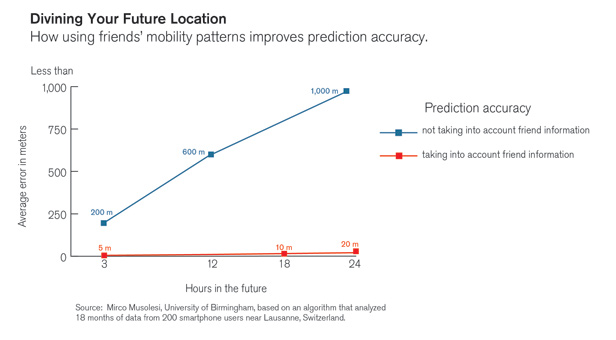Around the web in week 34, 2012
 Fundstücke published this week:
Fundstücke published this week:
- Cyso sponsort Partijgedrag 22 Aug 2012 Op woensdag 12 september zijn er verkiezingen voor de Tweede Kamer. Om de kiezer te helpen bij het m…
 Fundstücke published this week:
Fundstücke published this week:
 Fundstücke published this week:
Fundstücke published this week:
BBC Internet Blog: Building the Olympic Data Services:
The Olympic achievement behind the scenes: building a linked data architecture to deal with XML message streams, a complex domain ontology, near-real-time video on demand linked with additional information, with real-time adjustments to performance and prioritisation, future-proof and gracefully degrading.
DFID Open and Enhanced Access Policy Published at Long Last:
From November 1st, all recipients of DFID funded research must make their findings freely available.
[…]
Under the new policy, researchers will be required to make peer-reviewed journal articles open access through one of two routes: open access publishing (gold open access) or self-archiving (green open access).
It also is intended to give a boost to the DFID Research 4 Development (R4D) portal.
Marc Goodman: A vision of crimes in the future (by TEDtalksDirector)
What can (also) be expected with drones, 3D printing, the internet of things and DNA sequencing…
TEDxCambridge – Scott Summit’s beautiful artificial limbs (by TEDxTalks)
3D printing lets us move away from mass-produced identical items, to personalised experiences
Free access to British scientific research within two years (The Guardian):
An important move for open access, but probably not the right one:
[…] research papers that describe work paid for by the British taxpayer will be free online for universities, companies and individuals to use for any purpose, wherever they are in the world.
[…]
British universities now pay around £200m a year in subscription fees to journal publishers, but under the new scheme, authors will pay “article processing charges” (APCs) to have their papers peer reviewed, edited and made freely available online. The typical APC is around £2,000 per article.
This is called “gold” open access, the revenue stream of publishers will change, but still be there. The alternative is “green” open access, where researchers make their papers available online after being accepted in journals, but without an alternative revenue stream.
Another consequence of the shift could be a “rationing” of research papers from universities as competition for funds to publish papers intensifies. […] For example, a study that finds no beneficial effect of a drug might be seen as negative results and go unpublished […]
[…]
“The Finch committee’s recommendations look superficially as if they are supporting open access, but in reality they are strongly biased in favour of the interests of the publishing industry over the interests of UK research,” […]
“Open” should be about “commons”, not about vested interests or obsolete business models and organisations.
EU Opens Up Drug Data Secrets:
via the European Public Sector Information Platform and Reuters:
Europe’s medicines regulator is opening its data vaults to systematic scrutiny in a move that will let independent researchers trawl through millions of pages of clinical trial information.
[…]
Such information is a treasure trove for scientists wanting to test drug company claims and potentially expose product deficiencies.
[…]
giving researchers access to raw data might one day open up new methods for treatment – perhaps using machine learning systems that could marry a patient’s health record directly to data from appropriate clinical trials.
[…]
Europe’s drugs watchdog, however, does not envisage a complete free-for-all for data, which would only be released after the agency has finished reviewing a new drug.
“We don’t want to be blind-sided by studies of poor quality that create a public health scare,” says Eichler. “What the debate now is about is finding the right conditions to minimise the potential for false findings.”

A Phone that Knows Where You’re Going:
The potential of Big Data and why it is scary to have companies and governments collecting it…
In a study on 200 people willing to be tracked, the system was, on average, less than 20 meters off when it predicted where any given person would be 24 hours later.
Soon we’ll have an app that lets you select people from your social networks that you either want to “bump into” or rather “avoid” tomorrow, and it will advise you on your movements…
Brilliant! A digital camera sends a picture to a crowdsourcing network to let someone describe what is on the picture, and it then prints out that description for you.
(via Descriptive Camera)